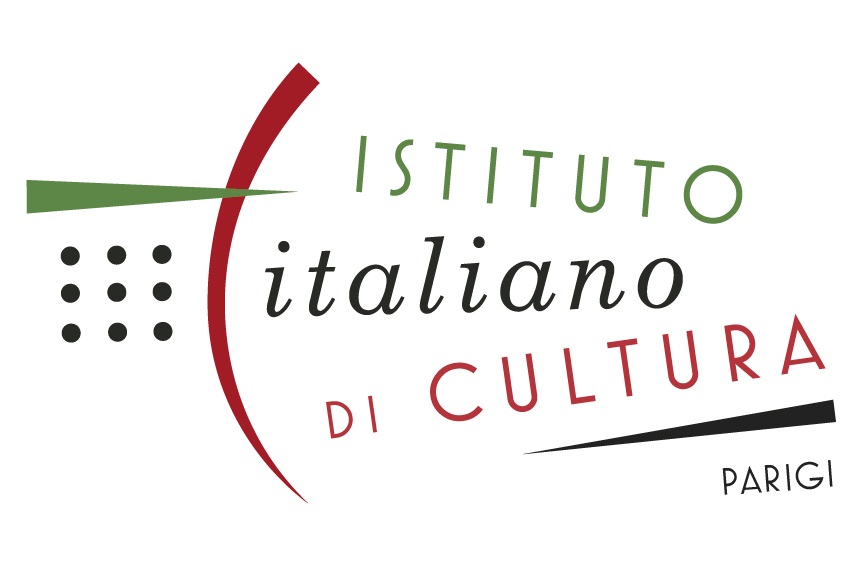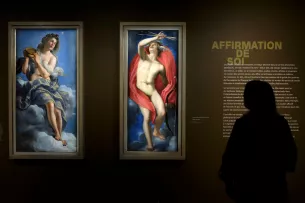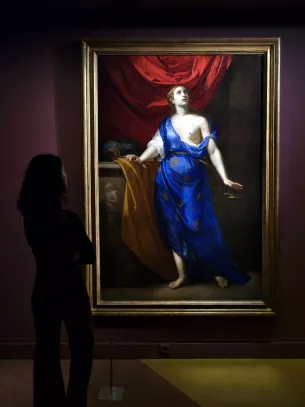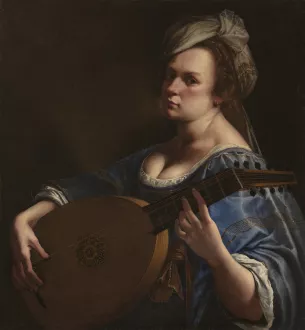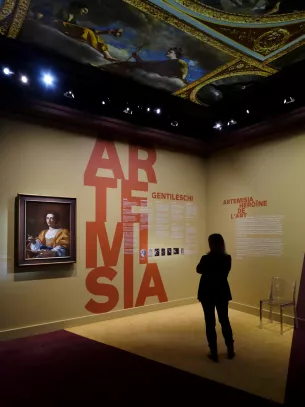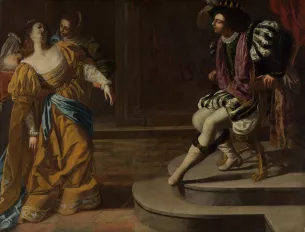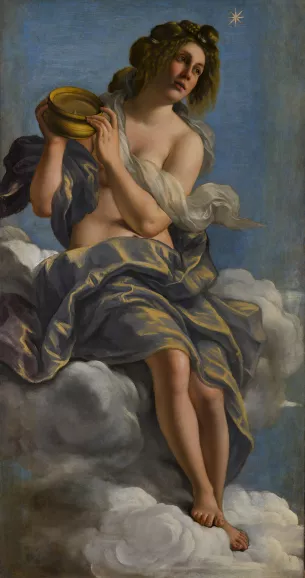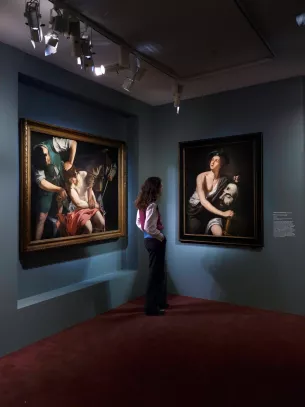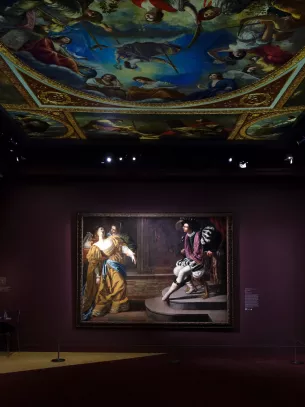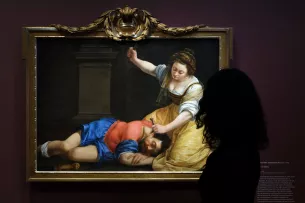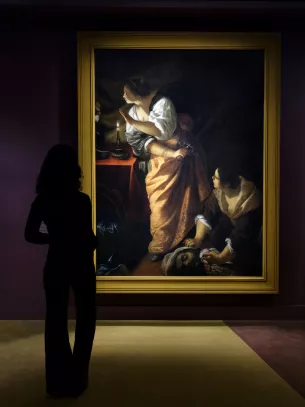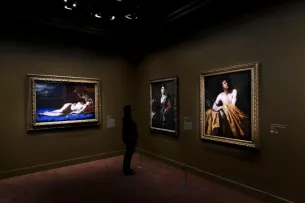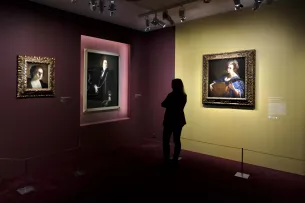Exhibition
Artemisia
Heroine of Art
From March 19 to August 3, 2025From March 19 to August 3, 2025, the Musée Jacquemart-André will showcase Artemisia Gentileschi, a major figure in Baroque art and the Caravaggio movement. Discover this great 17th-century Italian artist through essential masterpieces and paintings rarely exhibited in Paris.
5 key facts about Artemisia
1) Artemisia Gentileschi was trained in Rome by her father, the Tuscan artist Orazio Gentileschi, a direct disciple and friend of Caravaggio.
2) She quickly demonstrated exceptional talent for painting and, at just 17 years old, produced Suzanne and the Elders, a large oil painting on canvas.
3) In 1611, she was raped by the Italian painter Agostino Tassi. A trial followed and Tassi was sentenced to exile, but the sentence was never carried out (he remained in Rome under the protection of the pope). During the trial, Artemisia was tortured to prove the veracity of her testimony.
4) After the trial, she moved to Florence and painted for major European royal and noble courts, such as the Medici family.
5) Artemisia was one of the first women to be admitted to the Accademia delle Arti del Disegno
Artemisia Gentileschi is one of the few women painters in history to have enjoyed success during her lifetime, which allowed her to make a living from her painting and be independent.
A pictorial approach inspired by Caravaggio
After leaving her hometown, Artemisia quickly developed a unique painting style. Like Caravaggio, she painted directly from live models and without preparatory sketches. This enabled her to capture intense and striking contrasts of light, as in her major works Danaë and David and Goliath.
Her mastery of chiaroscuro and dramatic framing allowed her to capture the psychology of her characters in a unique way (as evidenced by her portraits and the work Judith and her Maidservant in the Uffizi Gallery). Through contrasting colors and raw naturalism, she created powerful and dynamic compositions.
The subversive power of her brushwork sometimes surpasses that of Caravaggio, as evidenced by the bloody realism and dramatic force of the painting Judith Slaying Holofernes. Skilled in the art of portraiture, Artemisia lends her own features to Judith and those of Tassi to Holofernes, as if to ward off the injustice she suffered.
A unique perspective on female figures in 17th-century art
Praised by her contemporaries for her technical mastery, Artemisia brought a new power to the female nude in Baroque painting. Eros and Thanatos intertwine in a sensual and sometimes morbid heroism, as in her depiction of Cleopatra (1630-1635).
Drawing inspiration from biblical and mythological themes, Artemisia highlights heroines capable of triumphing over male domination through intelligence or cunning (Jael and Sisera or Esther Before Ahasuerus).
Why visit the exhibition in 2025?
- A unique event: nearly 40 works on display, some of which are rarely exhibited,
- An immersion in 17th-century art with monumental canvases,
- A chance to discover a woman artist who left her mark on art history.
This exhibition in Paris in 2025 is a unique opportunity to discover Artemisia Gentileschi, an unmissable Italian painter of the 17th century, whose masterpieces continue to fascinate us...
Under the patronage of
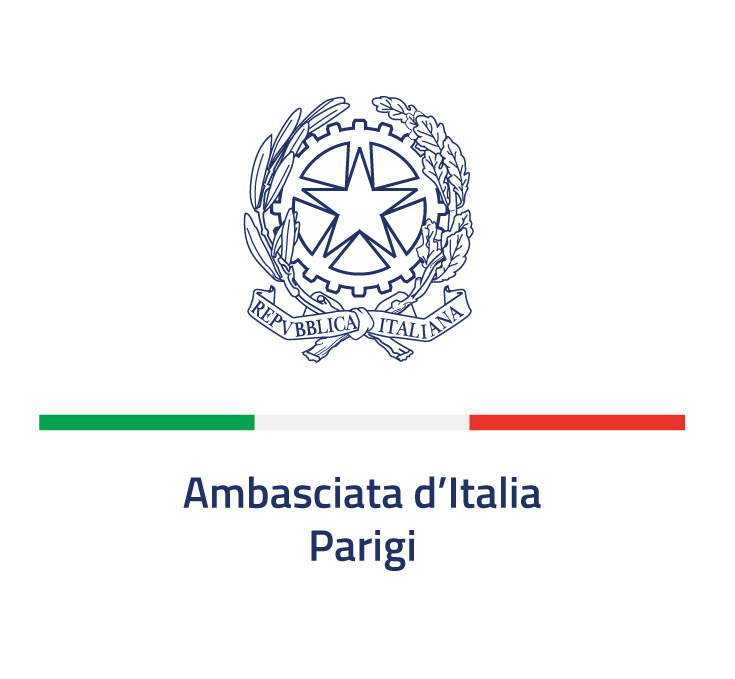
The team
Curatorship
Patrizia Cavazzini is a researcher associate at the British School in Rome, an advisor to the American Academy and a member of the Scientific Committee of the Borghese Gallery. She is the author of numerous books on art collecting and the art market in Rome, as well as on biographies of 17th-century painters, including Artemisia Gentileschi. She co-curated the exhibition ‘Meraviglia senza tempo’ at the Borghese Gallery (2022-2023)
Maria Cristina Terzaghi is a professor of the history of modern art at the University of Rome Tre and a member of the scientific committee of the Museo di Capodimonte in Naples. A specialist in seventeenth-century painting and sculpture, her research focuses on the paintings of the Caravaggesque artists, as well as the painting and sculpture of the Roman Baroque. She was scientific consultant for the exhibition ‘Caravaggio in Rome: friends and enemies’ (Musée Jacquemart-André, 2018-2019) and curator of the exhibition ‘Caravaggio e Artemisia’ (Palazzo Barberini, Rome, 2021-2022). In 2017, she was awarded a grant from the Paul Mellon Center in London to finalise her book Orazio and Artemisia Gentileschi: Between Paris and London.
Pierre Curie is General Curator of Heritage. A specialist in 17th-century Italian and Spanish painting, he also worked on 19th-century French painting at the Musée du Petit Palais, where he began his career as a curator. He was subsequently put in charge of painting at the Inventaire Général, and co-edited and edited the Vocabulaire typologique et technique de la peinture et du dessin (published in 2009). Appointed head of the painting section of the restoration department of the Centre de recherche et de restauration des Musées de France in 2007, he has coordinated and overseen a number of major restorations of paintings in national museums (Leonardo da Vinci, Titian, Rembrandt, Poussin, etc.). Pierre Curie has been curator of the Musée Jacquemart-André since January 2016 and co-curator of all its exhibitions.
Production and organisation
Emmanuelle Lussiez, Director of Exhibitions at Culturespaces
Milly Passigli, Deputy Director of Exhibition programming
Léa Duval, Exhibitions Registrar at the Musée Jacquemart-André
Bernadette Roux, Exhibitions Manager at the Musée Jacquemart-André
Livia Lérès and Domitille Sechet, responsible for iconography at Culturespaces
Scenography
Hubert le Gall, French sculptor, designer and scenographer.
The mobile app
Download the museum's mobile app before your visit. Valeria Bruni-Tedeschi's captivating voice takes you on a tour of Artemisia Gentileschi and her iconic works...
3 other tours are also available to help you discover the museum's collections from a new angle.
> Download on AppStore
> Download on Google Play

